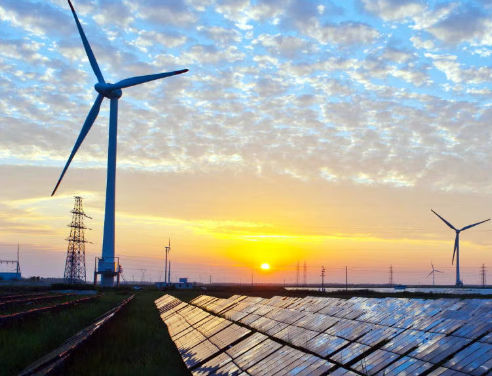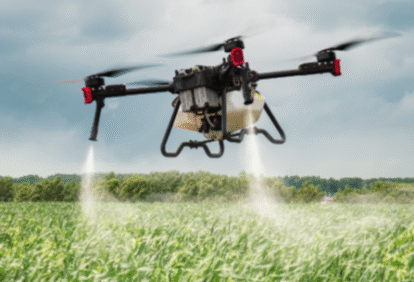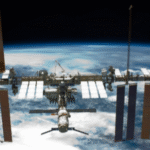The transformation of the power industry through renewable energy technologies is a notable development. Solar and wind innovations are reshaping energy production while enhancing efficiency and reducing costs. As energy storage solutions and smart grid systems evolve, they further facilitate the integration of renewable sources. This shift not only affects energy consumption patterns but also raises questions about future energy independence and economic stability. The implications of these changes warrant closer examination.
The Rise of Solar Energy Solutions
The adoption of solar energy solutions has surged in recent years, driven by technological advancements and increasing awareness of environmental concerns.
Solar panel advancements have significantly enhanced photovoltaic efficiency, allowing for greater energy conversion rates and reduced costs.
This shift not only empowers individuals and communities to take control of their energy needs but also contributes to a more sustainable and independent energy future.
Harnessing Wind Power: Innovations and Applications
While solar energy has garnered significant attention, harnessing wind power has also experienced transformative innovations in recent years.
Wind turbine advancements have led to increased efficiency and reduced costs, making energy generation more accessible.
Additionally, the expansion of offshore wind farms has unlocked vast potential, providing cleaner energy solutions while minimizing land use conflicts.
This enhancement contributes to the energy landscape’s sustainability and freedom from fossil fuels.
Energy Storage Technologies: Enhancing Reliability
As renewable energy sources like wind and solar power continue to grow, the importance of energy storage technologies becomes increasingly evident.
Battery advancements significantly enhance grid resilience by storing excess energy for use during peak demand or low production periods. These technologies not only stabilize the grid but also empower consumers, promoting energy independence and fostering a more sustainable and reliable power infrastructure.
Smart Grids and Their Role in Renewable Integration
Smart grids represent a transformative approach to energy distribution, effectively facilitating the integration of renewable energy sources into existing power systems.
Through grid modernization, these advanced networks enable real-time monitoring and control, enhancing efficiency.
Demand response mechanisms empower consumers to adjust usage based on availability, promoting sustainability.
This synergy not only optimizes resource allocation but also fosters a more resilient and adaptive energy landscape.
Conclusion
In conclusion, the evolution of renewable energy technologies is not merely a trend but a profound transformation that reshapes the very fabric of the power industry. As solar and wind solutions proliferate, along with advancements in energy storage and smart grids, the promise of a sustainable future emerges. This shift not only heralds a new era of energy independence but also serves as a clarion call for innovation, urging stakeholders to embrace a greener, more resilient energy landscape.




 Technology in Space Exploration: Past, Present, and Future
Technology in Space Exploration: Past, Present, and Future